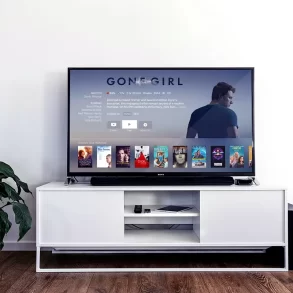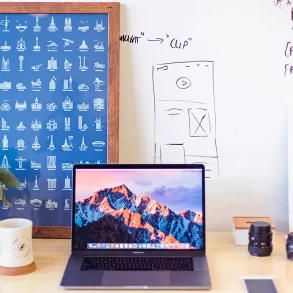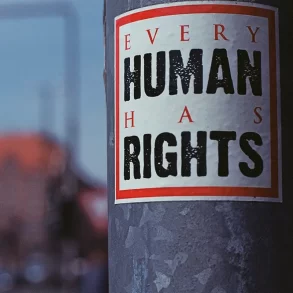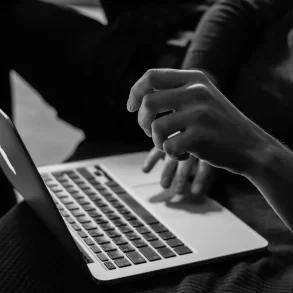When looking to start a freelance career in graphic design, you have two main options for how to go about it. You can either find some sort of design agency or other company to hire you, or you can go freelance. Both methods have some advantages and both have some disadvantages. However, while working for a company has some definite perks in that you can focus solely on design, it can also be incredibly stifling as you don’t have full creative freedom and you’re stuck with whatever sort of schedule you’re given. Freelancing, on the other hand, is definitely the way to go if you want to have full control over when you work, what clients and projects you work on, and how hard you work. And while having that freedom is an amazing advantage, it also means you’re going to have to put some effort into your career. Still, if you’re interested in going freelance career in graphic design, then here are some basic steps you need to consider.
Legalities, Finances, and Documentation
As you may expect, your finances will be an incredibly important aspect of your freelancing career. You won’t be earning a conventional paycheck as a freelancer. Your “paychecks” will usually consist of the client’s payment for your services. But, if you work with a partner or a group of other freelancers, payment and proper legal documentation can be a convoluted issue. Regardless of your particular circumstances, Your Freelance Career states that you need to keep adequate track of all your expenses involved with work. So if you travel to meet a client, those costs can be considered a work expense, even if you paid out of pocket. Additionally, your tax forms and tax guidelines will be very different from those you’d deal with when working as a conventional employee. If you intend to travel abroad as a freelancer, you’re going to be entering an entirely new world of paperwork and documentation. So make sure you spend some time doing your research and figuring out all the documentation requirements you’ll have.
Planning and Commitment
If that first section didn’t scare you away from going freelance, good, because you’ll need to be willing to make the jump and fully commit to going freelance if you want it to work. Brent Galloway states that it’s likely going to take you at least a year or two of solid work to get your business and freelance career off the ground. So not only do you need to ensure your finances are in good order before making the jump, but you also need to be sure of your commitment to going freelance.
While doing your preparations, you’ll want to do everything you can to plan out what your preferred career route. But don’t plan everything to be as rigid as possible; you need to leave wiggle room for emergencies, mistakes, and unforeseen opportunities.
Even though you should definitely take some time to plan out as much as you can, there are routes you can take that aren’t as intense as flying 100 percent solo. Graphic design marketplace websites can be a good starting point for you. Or you can use them to enhance your current design career by finding new clients.
Pre-Built Websites – A Coming Web Design Trend in 2017?Your Portfolio is Your Resume
Going freelance means you’re stepping away from the conventional work environment. In doing so, you’re straying away from conventional business practices and document requirements as well. Specifically, you won’t need to focus very much, if at all really, on a resume like you might when trying to get hired by some agency. Instead of a resume, you need to put together a portfolio of your best work. This portfolio will basically act as a visual resume, showcasing the best of your previous work.
Getting started on a portfolio when you’re just getting out there and have no real experience can be difficult though, especially if you get into a cycle of trying to build your portfolio by accepting tiny, low-paying commissions. Instead, as suggested by Mashable, you need to be willing to take on bigger projects for free when the opportunity is right. Don’t freak out about doing work for free though, this is just so you can get started and get some good client testimonials and solid work for your portfolio from reputable customers.
A method you can use for finding clients can be entering design contests and other marketplace websites.
5 Design Considerations for Gaming Websites to Ponder OverMarketing and Branding Yourself
Finally, you won’t be finding any clients and projects if you don’t put yourself out there and get your name known. So you’ll need to put some effort into marketing and building a brand around you and your graphic design work. Tuts Plus states that you need to create a business identity that is all your own; whether that is just your name or something fancier, you need to have something that future clients can see and connect with your work. Creating a website of your own is a great idea for building a brand and getting more clients. And don’t forget to use social media as well.







